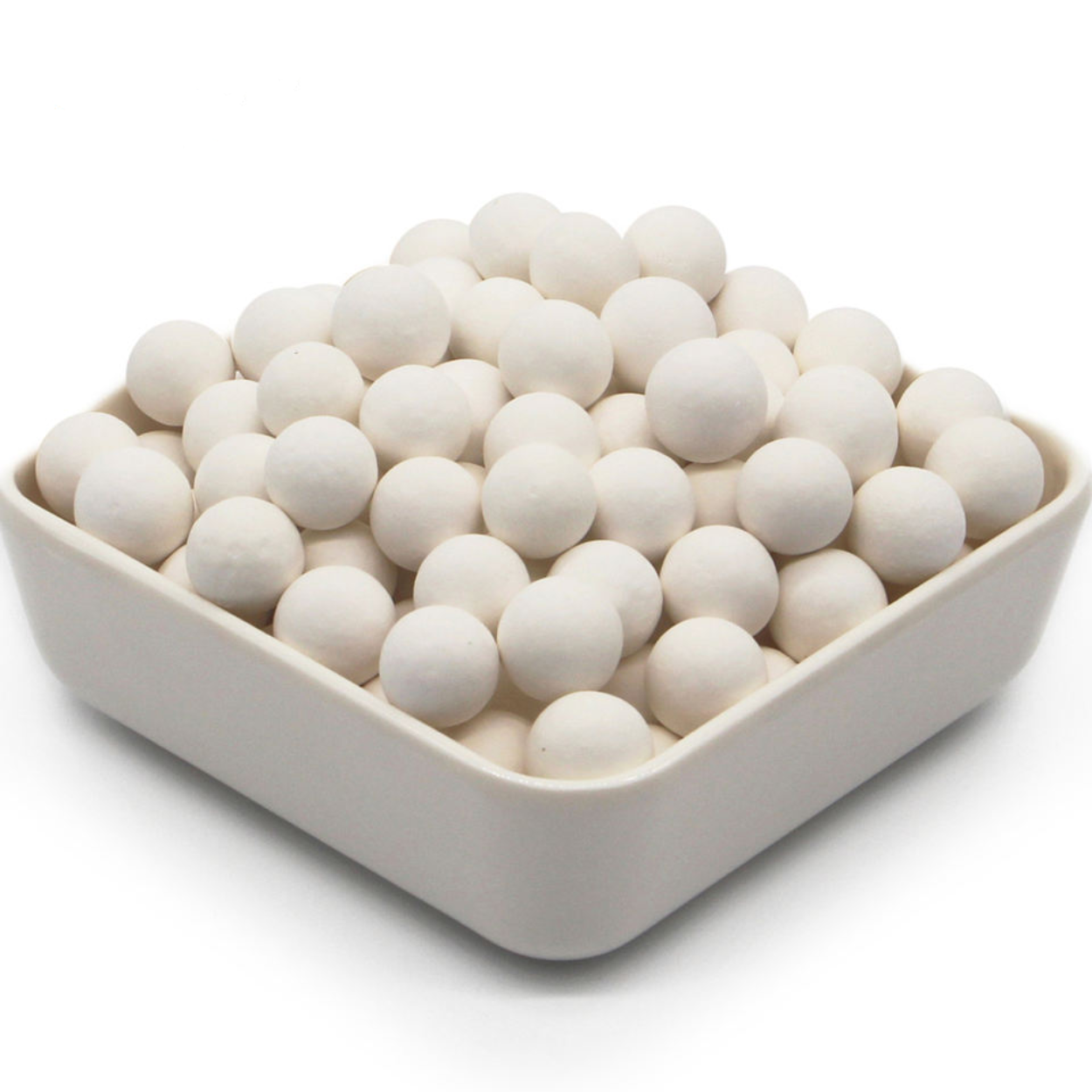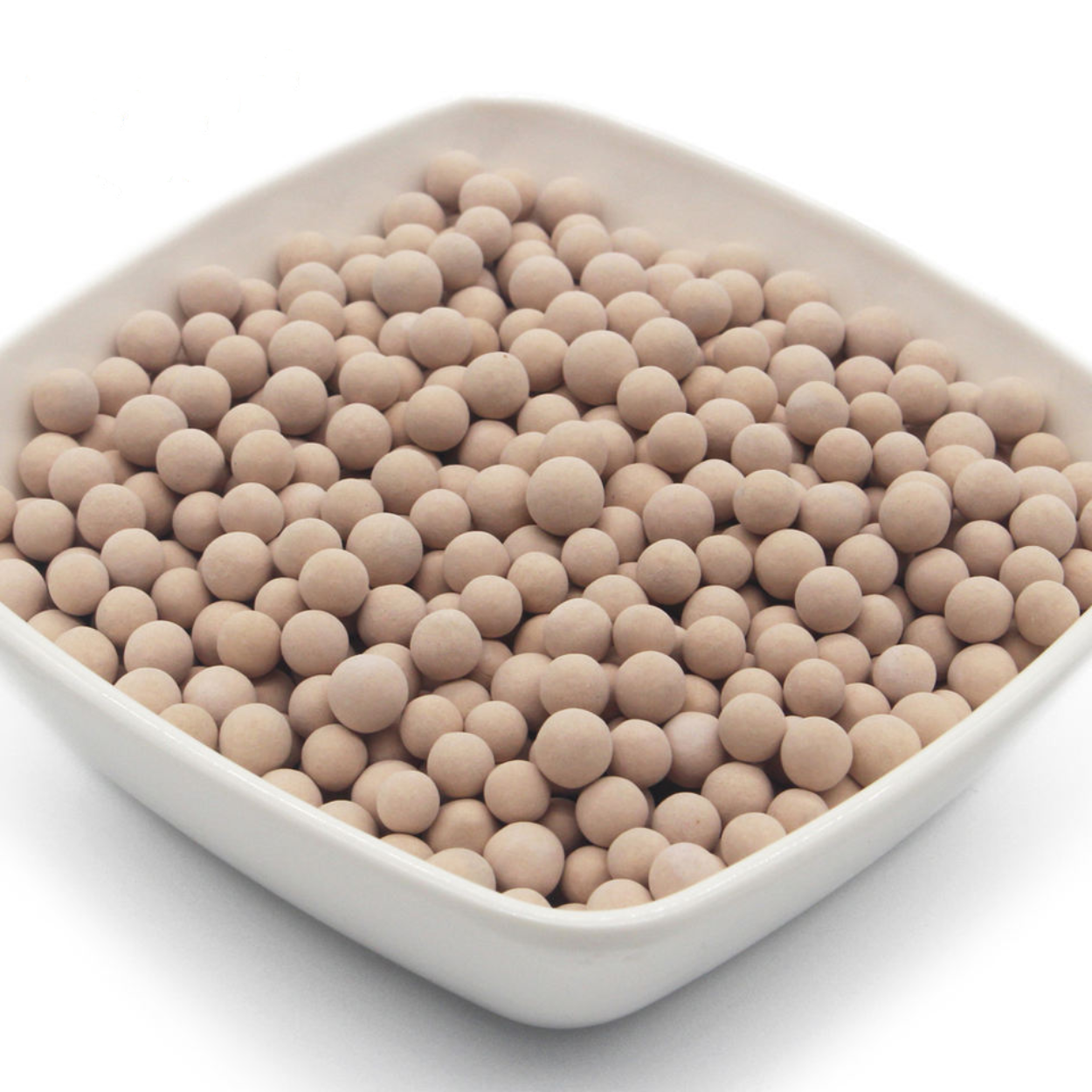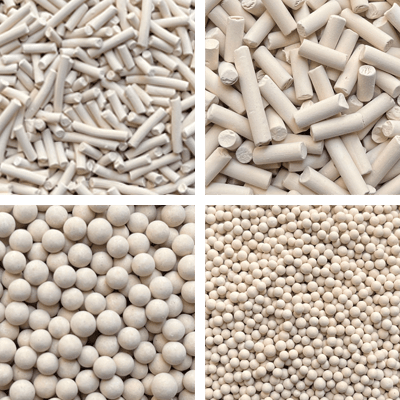
Manufacturer 4A vs 3A Molecular Sieves in LNG Dehydration
LNG dehydration mainly uses 4A molecular sieves for water and hydrocarbon removal, while 3A suits cases needing zero hydrocarbon adsorption.
Molecular sieve desiccants are highly efficient adsorbents widely used in petrochemicals, air separation, and natural gas processing. However, with extended use, their adsorption performance gradually declines, reducing system efficiency. This article outlines three proven regeneration techniques that can significantly extend molecular sieve desiccants lifespan and reduce operational costs.
Temperature swing regeneration is the most common method, where adsorbed substances are removed by heating. Studies show that precise temperature control greatly improves regeneration effectiveness and extends sieve life.
Beyond temperature control, process design optimization is key to extending sieve lifespan.
– Pressure Swing Regeneration (PSR): Maintain temperature but reduce system pressure while purging with inert gas. This method is particularly effective for gas-phase adsorption processes, minimizing heat and moisture damage.
– Dual-Layer Bed Design: Adding a layer of activated alumina before the molecular sieve desiccants offers multiple advantages:
– Reverse Flow Regeneration: Regenerating in the opposite direction of adsorption ensures that heavily loaded zones are treated first, improving overall efficiency.
Proper daily operations and maintenance are just as crucial for extending molecular sieve life.
– Strict Parameter Control:
– Regeneration Gas Quality:
– Preventive Maintenance:
– Performance Monitoring:
Even with optimal regeneration, molecular sieves desiccants eventually need replacement. Consider replacing when:
The sieve reaches its design lifespan (typically 3–10 years, depending on application).
Water ingress or oil contamination occurs.
Outlet gas moisture or CO₂ levels exceed specifications consistently.
Pressure drop across the bed increases significantly.
Regeneration frequency becomes abnormally high.
By optimizing regeneration temperature, refining process design, and ensuring proper operation and maintenance, you can greatly extend the service life of molecular sieves. In practice:
Air separation units can achieve 8–10 years of sieve lifespan.
Petrochemical plants typically get 3–5 years.
Natural gas treatment facilities can reach 5–8 years.
Effective regeneration not only reduces operating costs but also maintains stable, efficient system performance. Companies are advised to tailor regeneration strategies to their specific conditions and establish robust performance monitoring systems.

LNG dehydration mainly uses 4A molecular sieves for water and hydrocarbon removal, while 3A suits cases needing zero hydrocarbon adsorption.

Achieve ultra-deep dehydration of cracked gas with 3A molecular sieves—remove water without ethylene/propylene loss, ensuring catalyst life and product purity.

Home Desiccant Activated Alumina for air compressor drying gas purification wholesale Email WhatsApp Product Inroduction: Desiccant Activated Alumina for air

Home Adsorbent Zeolite 13x Molecular Sieve for Removing Odor From LPG in air Freshener Plant Email WhatsApp Product Inroduction: Adsorbent Zeolite
As a leading molecular sieve manufacturer, we share the latest industry news and insights on adsorbents like molecular sieves, sieve powder, and activated alumina.

Molecular sieves are the preferred adsorbent thanks to their high efficiency and selectivity.

Discover how 3A molecular sieves deliver high-purity solvent dehydration for pharmaceutical manufacturing with unmatched efficiency and cost-effectiveness.

Solve rapid curing issues in polyurethane adhesives with molecular sieve powder—achieve better pot life, bubble control, and product quality.